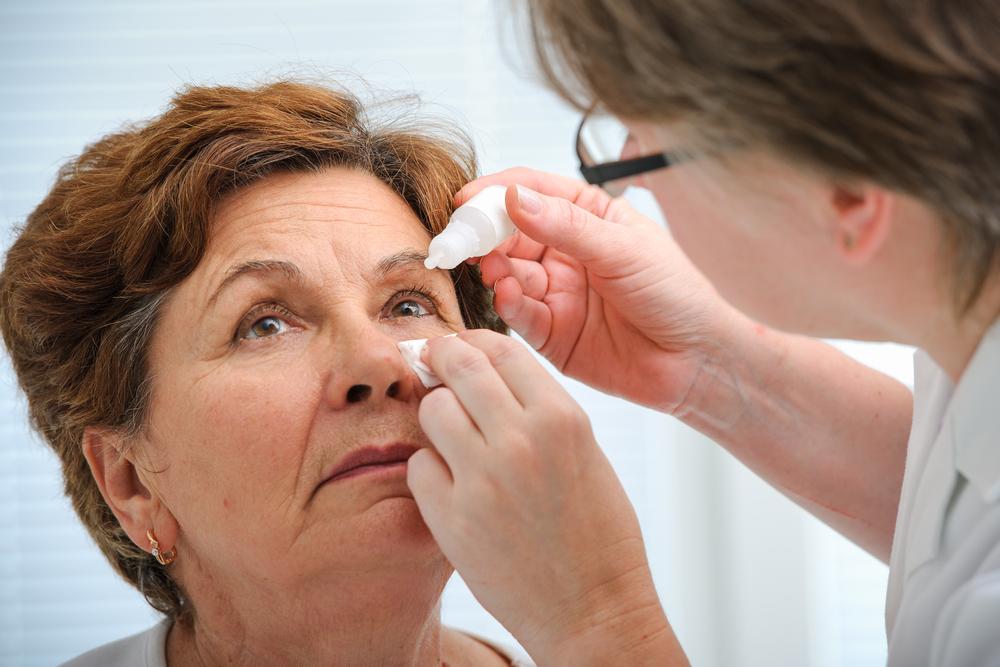
7 Common Causes of Dry Eyes
Dry eye is a condition that occurs when your eyes are not able to produce enough lubrication to stay moist. Your eyes need to produce a healthy quantity of tears to keep out dust particles and other irritants. A tear is a natural lubricant that is made of water, oils, mucus, and antibodies. A lack of this lubrication causes a stinging or burning sensation on the surface of the eye. Dry eyes may also cause the eyes to turn pinkish-red—a condition called red-eye—and lead to an increased sensitivity to light.
The causes for dry eyes vary from person to person. Some of the most common reasons for this condition are discussed below:
Aging
Most people begin experiencing their initial symptoms of dry eyes post the age of 50. At this point, the body is unable to produce natural tears as well as it should. Often, eye drops are prescribed to overcome this condition and provide the much-needed lubrication to avoid blurry vision and soreness in the eyes.
Menopause
Dry eyes are actually a little-known, but an important symptom of menopause. The decreased production of sex hormones has been found to have an impact on many aspects of health. One of the side effects of the fluctuations in hormones is that the eyes are unable to produce natural tears in sufficient quantity.
Increased use of a computer, laptop, or other electronic gadgets
Studies show that an average adult spends anywhere between eight to ten hours staring at a computer screen or on any other gadgets. While looking at a screen, we tend to blink less than we normally should. Blinking is an essential part of the process to keep the eyes lubricated. Thus, reduced blinking, coupled with the glaring light of the screen, leads to a huge strain on the eyes. Make sure you look away from the screen at least once every couple of minutes.
Certain medical conditions
Certain diseases affect your eyes’ ability to produce natural tears. Some of these illnesses include diabetes, Sjogren’s syndrome, rheumatoid arthritis, thyroid diseases, lupus, and scleroderma. Moreover, certain medicines such as antihistamines, antidepressants, birth control pills, and blood pressure prescriptions too may lead to side effects such as dry eyes when consumed over a long period of time.
Using contact lenses
Many contact lens users experience dry eyes as a result of wearing their lenses for long hours at a stretch. The symptoms worsen if the lenses are worn while working at a computer or reading for hours. One way to work around this is to ask your optician for soft lenses or lenses made of silicone hydrogels that are suitable for dry eyes. Another option is to make sure that you never wear your lenses for more than six hours at a stretch. Keep using a lens solution to lubricate the lenses every couple of hours.
Dry indoor environment
Air-conditioning and indoor heating systems dry up the natural moisture in the air indoors. This worsens symptoms for a person who already has dry eyes. The problem is especially bad in countries which have a cold climate. Installing humidifiers helps greatly in such situations as these installations restore moisture indoors.
Eyelid problems
A condition called lagophthalmos prevents the eyelids from closing completely when a person is asleep. This leaves the eyes vulnerable to infection, causes the cornea to dry, and leads to a poor distribution of tears as well as an increase in tear evaporation. All of these together result in dry eyes.
A mild case of dry eyes may be treated with the help of artificial tears in the form of eye drops. A more severe case might require tear-stimulating medication and drugs to reduce red-eye and inflammation.


